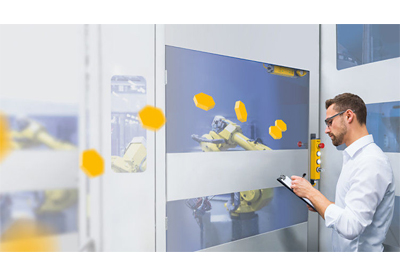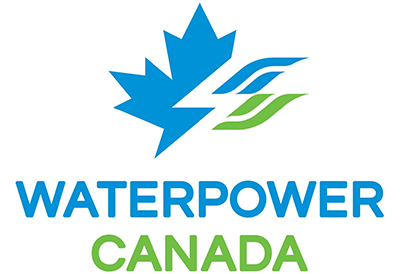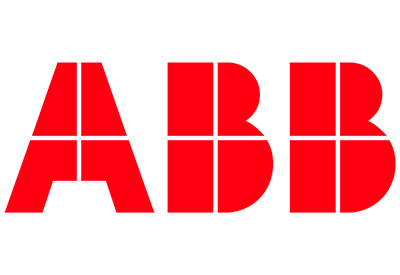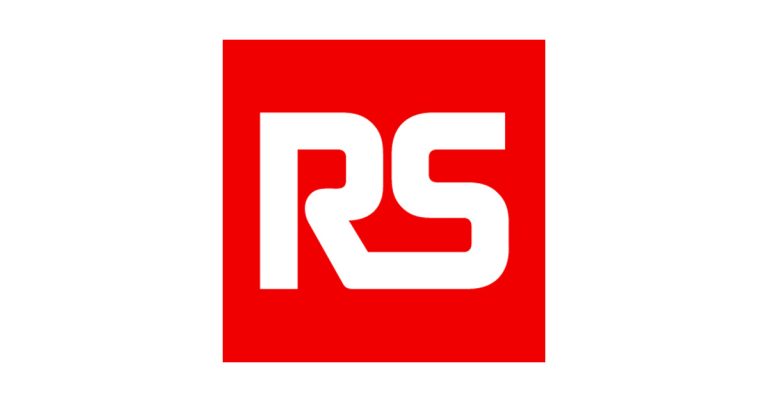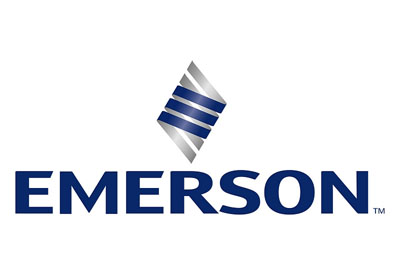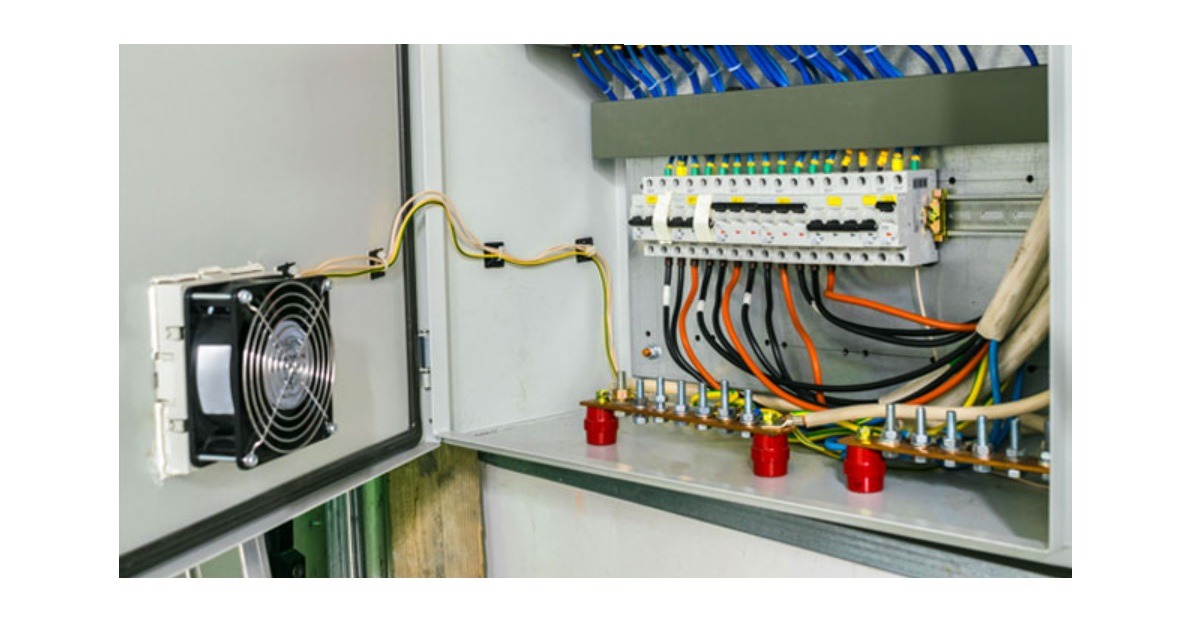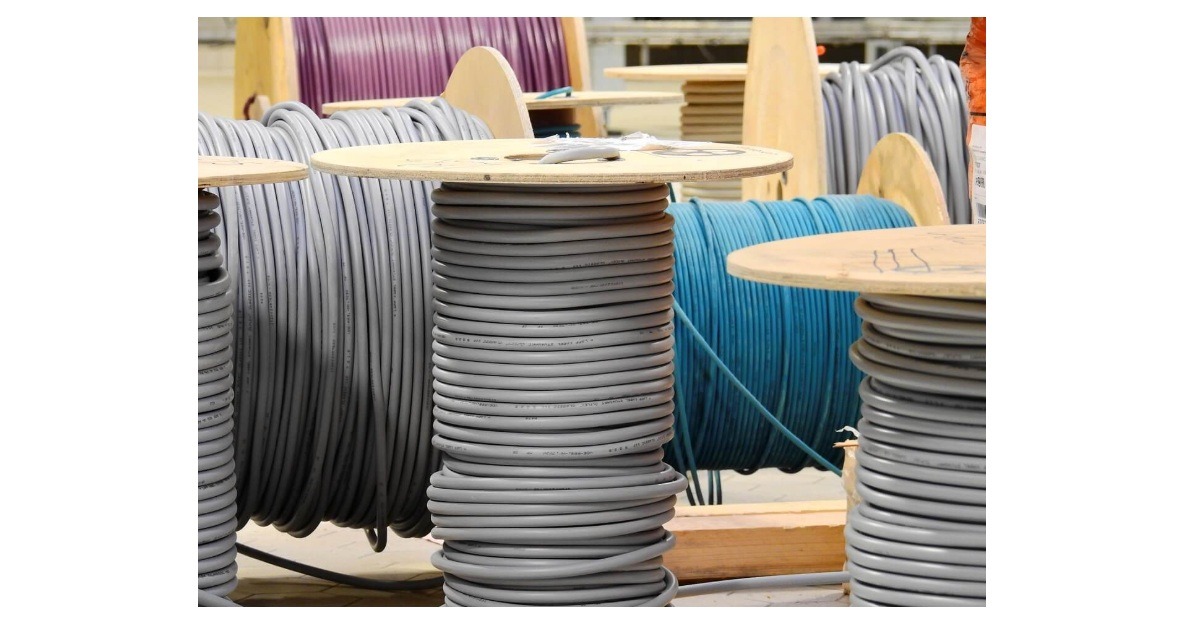Getting Electro-Medical Devices to North America
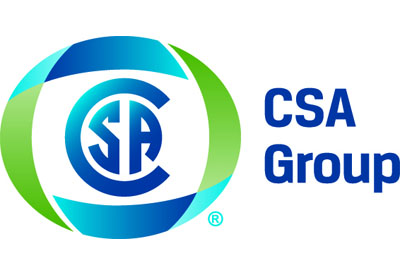
December 11, 2017
As a leader in the purchase and use of medical devices, North America represents a very profitable entry market for global electro-medical device manufacturers. A 2016 Lucintel report even states that North America will likely remain the largest market due to its aging population and stringent healthcare regulations. But these complex regulatory frameworks, along with social, political, and economic factors can make it difficult to understand product acceptance requirements. According to a recent whitepaper by CSA Group, guidance from a recognized testing & certification provider that is also involved in standards development is key to faster market access.
What’s driving market growth in North America?
Social demographics and economic factors, including the ability to invest in research and development for the medical device industry, are key drivers of market demand.
The U.S. medical device market, which represents 43 per cent of the global market, is currently valued at $140 billion. Of this number, imported medical devices and electro-medical equipment accounted for just over $60 billion. With the doubling of investment in medical research and an aging population with increased healthcare needs, the U.S. market is expected to reach $208.6 billion by 2020.
Canada’s market is valued at $8 billion, with imports of medical devices accounting for 80 per cent of that number – creating abundant opportunity for foreign manufacturers. Market growth will be fueled by aging baby boomers as the proportion of Canada’s population aged 65 and older is estimated to rise to 25 per cent by 2036.
Regulatory requirements: what you need to know
While products manufactured in the U.S. do not legally require certification, this is not the case for imported products. Imported medical products require approval from the Food and Drug Administration (FDA) to ensure adherence to hygiene regulations. In addition, medical devices with wirelessly connected components that may fall under the Federal Communications Commission’s Guidelines require appropriate certification before entering the U.S. market.
In Canada, all electronically controlled devices and systems have to be authorized in conformity with the applicable Canadian standards, according to the Canadian Electrical Code. Authorization for devices and systems entering Canada must be provided in the form of a listing or field evaluation.
The time it takes to get your medical device to market depends on its classification. In the U.S., the FDA assigns a classification level based on the risk the device presents to potential patients and the amount of regulatory control needed to legally market the device.
Class I and Class II devices only require premarket notification as the risk associated with them are relatively low. As part of the process, manufacturers need to demonstrate that their product is substantially equivalent to another Class I or Class II product already in market with the same intended use, and that the device does not present any new issues of safety or efficacy.
Class III devices present the highest risk, which means a premarket approval (PMA) is required. The process, which can take at least 180 days, involves:
· Proving the safety and efficacy of the device through clinical data;
· A PMA manufacturing section, pre-approval manufacturing facility inspection; and
· A post-approval study.
In Canada, medical devices are regulated and assigned classification by Health Canada’s Therapeutic Products Directorate. Classification is based on risk as well as the device’s invasiveness, duration of the patient’s exposure to the device, risk of energy transfer and the consequences of device malfunction or failure. Much like the U.S., higher-risk devices (Class III and IV) go through a longer process to get to market. Extensive regulatory testing must be conducted before a product is licensed, sold or advertised. Annual license renewals are also required. A Class I product does not require a license, but the establishment where it’s produced must be licensed. For Class II products, the manufacturer must provide a declaration confirming the safety and functionality of the device.
The role of testing & certification labs
Statutory requirements, product liability and customer expectations make it necessary for you to have your product tested and certified, but receiving guidance from a recognized testing & certification provider that also has standards development expertise can help make the process easier.
CSA Group is involved in the development of standards to which many medical devices are tested, and they facilitate the creation of and subsequent updates to the Canadian Electrical Code. Combined with their state-of-the-art testing facilities and in-house expertise, CSA Group can help you to cut the time and costs associated with getting your product to market. Contact CSA Group and download their free whitepaper to learn more about electro-medical device requirements.

